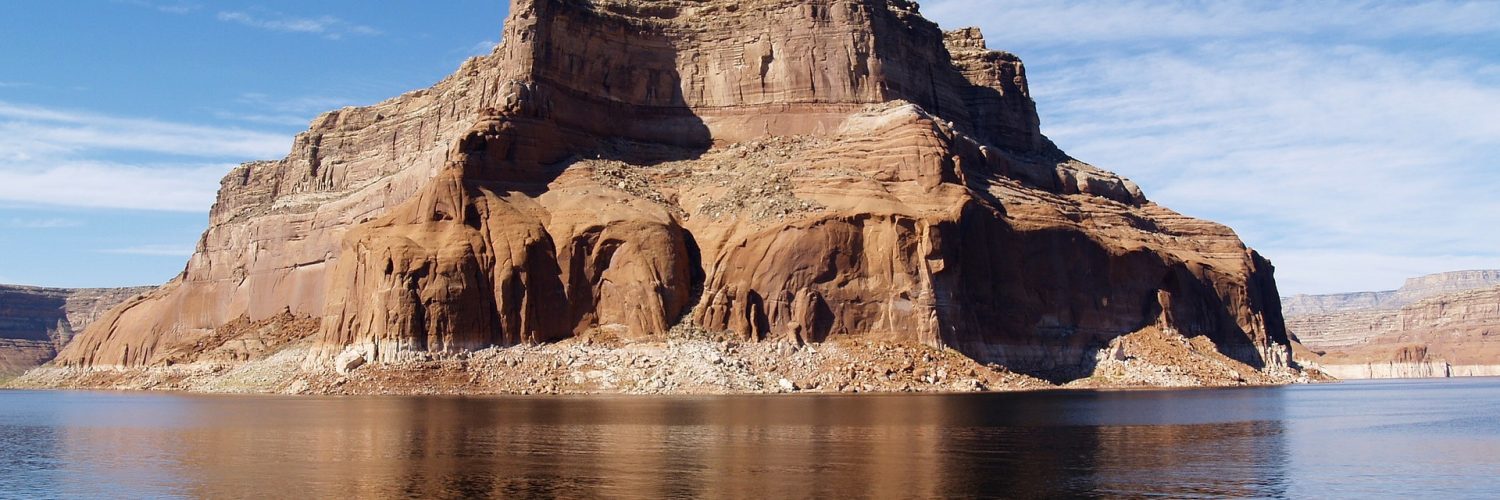A large statewide committee of competing water interests celebrated its final meeting and the almost completed task of negotiating Arizona’s part of a seven-state drought contingency plan designed to protect Colorado River water supplies. It took them eight months to get the plan in place and approved by the state Legislature by Jan. 31.
“Herding jellyfish” was how one committee member described the immense task of the two co-chairs of the committee, Tom Buschatzke, director of the Arizona Department of Water Resources, and Ted Cooke, general manager of the Central Arizona Project.
As thanks were handed round this week, the celebration was tempered under some uncertainty.
Two powerful leaders – House Speaker Rusty Bowers and Gila River Indian Community Gov. Stephen Roe Lewis – clashed at the committee’s final meeting Tuesday over a proposed water rights forfeiture bill that is unrelated to the drought plan.
Speaker Bowers who submitted the bill on behalf of a group of farmers in Upper Gila Valley ended up putting the bill on hold, giving hope to the hundred or so stakeholders who worked to craft the Drought Contingency Plan (DCP). They include representatives from cities, tribes, water districts, water companies, farmers, homebuilders, industry, state lawmakers and others on the 40-member panel.
If Bowers’ bill had succeeded, it would have meant the death knell for the DCP that relies in large part on the Gila River Indian Community agreeing to leave water in Lake Mead to stave off water shortages.
Gov. Lewis said his community would pull out of the agreement if the bill passed. That would cause the drought plan to crumble and Arizona would be faced with certain federal takeover of the process, state officials fear.
Arizona already is on notice from the U.S. Bureau of Reclamation to tie up any loose ends by March 4. Failure to do so could result in possible intervention from the six other states’ governors and the federal government. While Arizona completed all of the inter-state agreements, there are still more than a dozen intra-state agreements in the final stages of completion.
That should not be grounds for subjecting Arizona to outside intervention, Cooke and Buschatzke said.
They sent a letter to Bureau Commissioner Brenda Burman “respectfully” asking for mercy.
“Being respectful of your January 31 deadline for completion of the interstate Drought Contingency Plan, all of Arizona came together to support the authorizing legislation, resulting in a near unanimous vote in the Arizona Legislature,” the Feb. 12 letter states. “Arizona considers itself to be “done” with respect to the interstate Agreements as of January 31, 2019.”
Whether the letter will have any effect is unknown. But Burman’s office appears to want “everything” including all intra-state agreements by March 4, Cooke said.
That is unlikely to happen, he said. A handful of agreements could take up to 60 days to finalized and all are expected to move successfully to completion.
Meanwhile, Gov. Lewis said his tribal council will have to decide whether Bowers’ bill being held is enough to convince the community to stay in the DCP.
The bill spurring the controversy is HB 2476. It would repeal state law that allows automatic forfeiture of certain of water rights if water users if left unused for five successive years. Bowers introduced the bill in response to complaints from farmers who say they have suffered because of Gila River Indian Community filing forfeiture action against landowners in December 2017.
Lewis said Bowers’ bill is a direct “attack” on the Gila River nation. The “use it or lose it” law is in use in 15 other states and has been upheld as constitutional by the courts, he said. If it is resurrected, it’s doubtful it would be signed by Gov. Doug Ducey, a strong supporter of the DCP.
The drought plan lays out how all of the states along the Upper and Lower basins of the Colorado River will conserve water in Lake Powell and Lake Mead to prevent crisis shortage levels.
Water shortages are likely to occur in 2020. The DCP is just a backstop. Arizona and California are the only states that have not finalized their parts. In California, the Imperial Valley is waiting to receive funding to clean-up of the Salton Sea.
If Arizona and California are unable to meet the March 4 deadline, the Bureau has placed the matter on the Federal Register. After March 4, there will be a two-week comment period in which the other states and the federal government can intervene and make recommendations.
Buschatzke and Cooke said in their letter to Burman that that would be “counterproductive and a potential distraction to completing the intrastate agreements within Arizona.”
“We believe that recognizing the positive progress that has been made is the best way to support Arizona and complete the implementation of DCP this year,” it states.
Next task on their agenda? Seeking bipartisan approval from Congress.
Read more about Arizona’s long history with the Colorado River and the other states that rely on it for water at website.
















Add comment